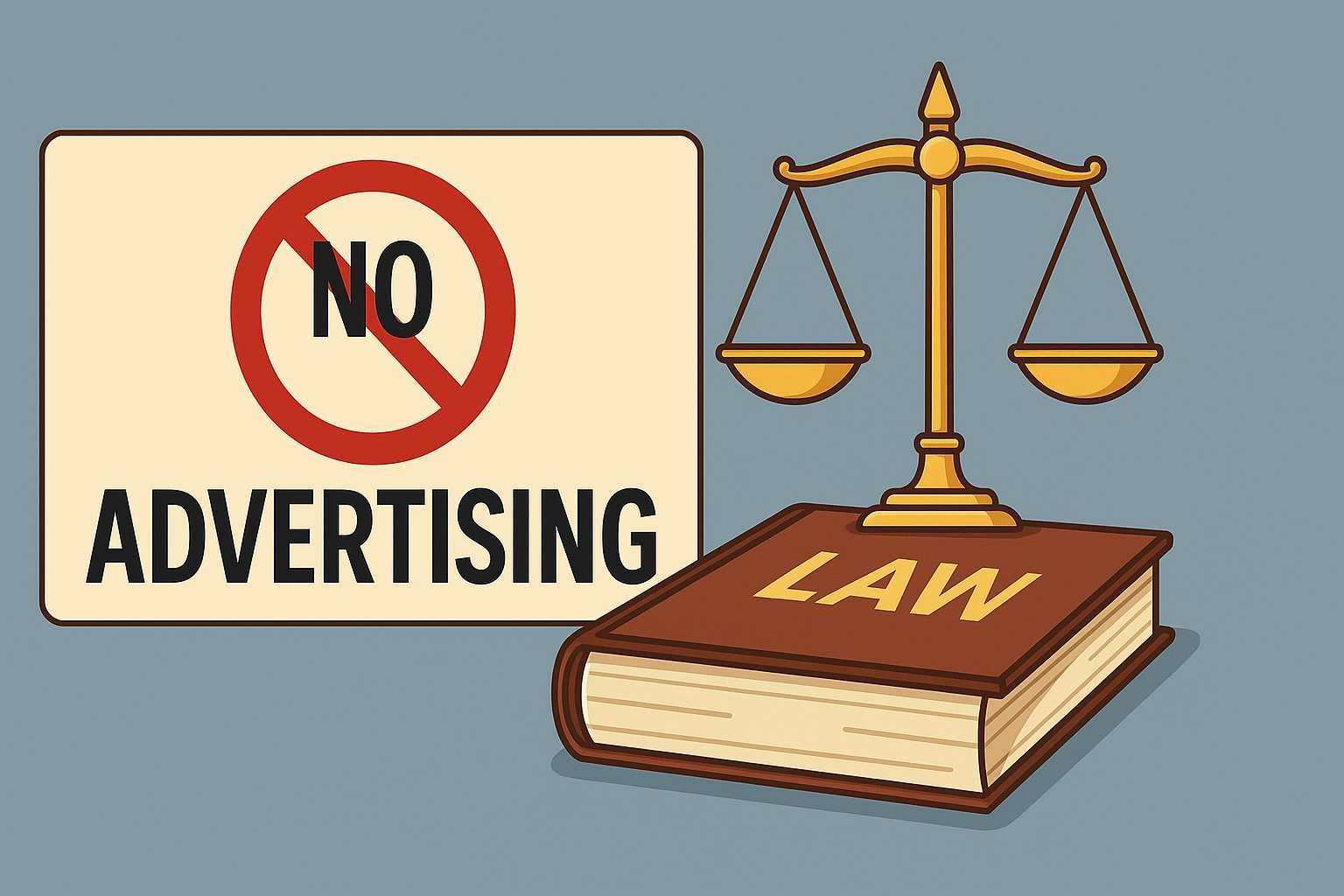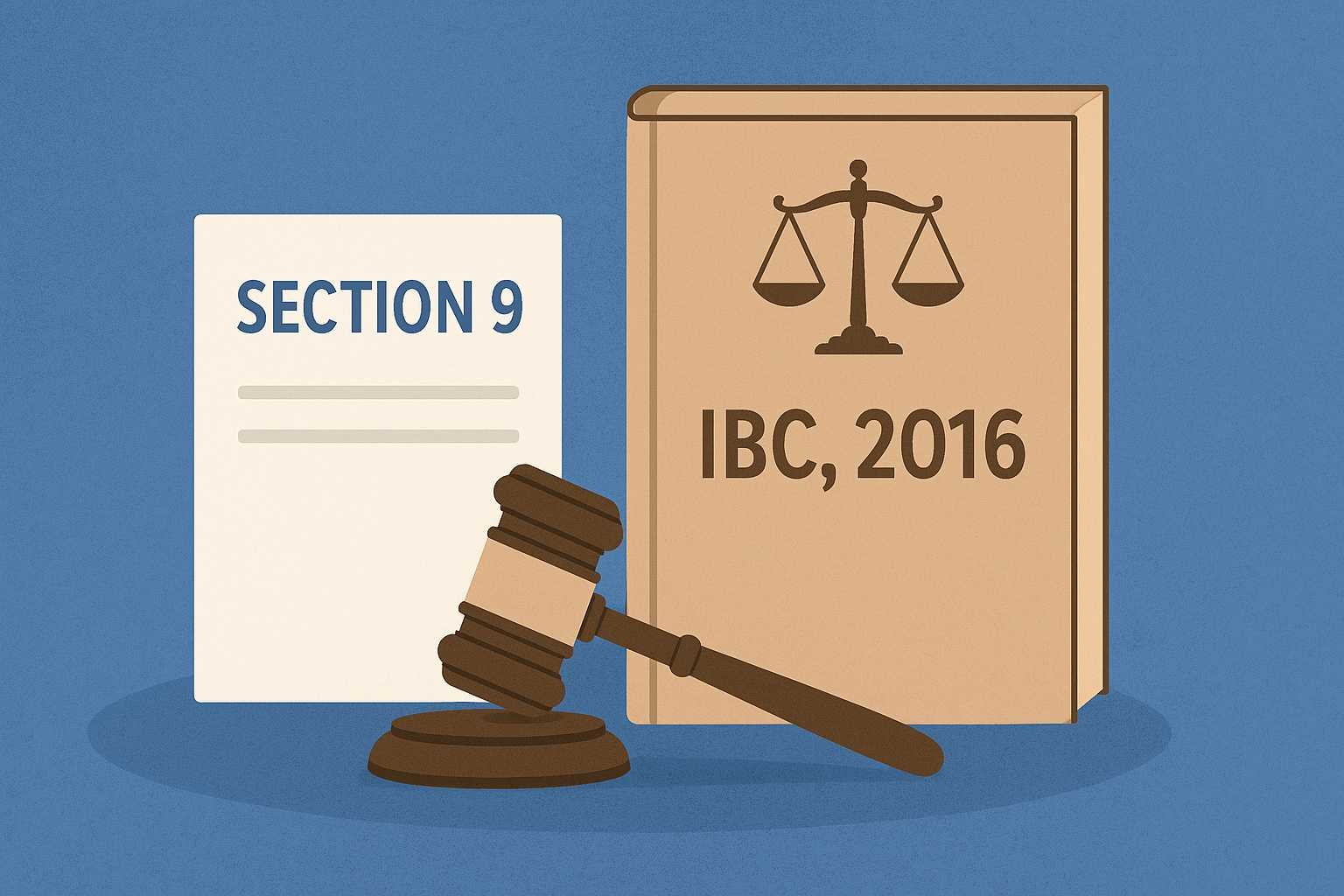On this page you will read detailed information about Difference Between Public and Private Company.
As an investor or business professional, understanding the distinctions between public and private companies is crucial for making informed decisions. These two types of corporate structures differ significantly in their ownership, regulatory requirements, and operational dynamics. While public companies trade shares on stock exchanges and must adhere to strict reporting standards, private companies maintain greater control over their ownership and face fewer disclosure obligations. This article will explore the key differences between public and private companies, shedding light on their respective advantages and challenges. By grasping these fundamental contrasts, you’ll be better equipped to navigate the complex landscape of corporate finance and investment opportunities.
Ownership Structure: Who Owns Public vs Private Companies?
The ownership structure is one of the key differences between public and private companies. Understanding this distinction is crucial for investors, business owners, and anyone involved in corporate finance.
Private Company Ownership
Private companies are typically owned by a limited group of individuals or entities. According to Investopedia, these owners usually include the company’s founders, management team, and a select group of private investors. The general public cannot directly invest in or purchase shares of private companies.
This concentrated ownership structure allows private companies to maintain greater control over their operations and decision-making processes. However, it also limits their ability to raise capital, as they cannot access public markets for funding.
Public Company Ownership
In contrast, public companies have a more diverse ownership structure. These companies have sold a portion of their ownership to the public through an initial public offering (IPO), allowing anyone to buy and sell shares on stock exchanges. This means that ownership is distributed among a wide range of shareholders, including individual investors, institutional investors, and sometimes even employees through stock option plans.
The public ownership structure provides several advantages, such as increased access to capital and enhanced liquidity for shareholders. However, it also comes with additional responsibilities and scrutiny.
Key Differences in Ownership Structure
- Control: Private companies often have more concentrated control, while public companies’ control is distributed among shareholders.
- Transparency: Public companies must regularly disclose financial information and business activities to the Securities and Exchange Commission (SEC) and the public, providing greater transparency compared to private companies.
- Capital Access: Public companies can raise funds more easily by issuing stocks or bonds on public markets, while private companies have limited options for capital raising.
Understanding the difference between public and private company ownership structures is essential for making informed investment decisions and comprehending the broader corporate landscape.
Raising Capital: How Public and Private Companies Get Funding
One of the key differences between public and private companies lies in their methods of raising capital. Understanding these disparities is crucial for investors and entrepreneurs alike.
Public Companies: Tapping into the Stock Market
Public companies have a significant advantage when it comes to raising funds. They can issue stocks to the general public through initial public offerings (IPOs) or secondary offerings. This ability to access capital markets allows public companies to raise substantial amounts of money quickly. Additionally, they can offer stock options to attract top talent, further fueling growth.
However, this access comes with increased scrutiny. Public companies must comply with strict regulations set by the Securities and Exchange Commission (SEC), including regular financial disclosures and adherence to corporate governance standards.
Private Companies: Alternative Funding Sources
Private companies, on the other hand, rely on different strategies to secure capital. Without access to public markets, they often turn to:
- Angel investors and venture capitalists
- Private equity firms
- Bank loans and lines of credit
- Crowdfunding platforms
These funding sources typically involve less regulatory oversight but may come with higher costs or more stringent terms. Private companies also retain more control over their operations and financial information, which can be attractive to founders who prefer autonomy.
Understanding the difference between public and private company funding methods is essential for making informed investment decisions or choosing the right path for your business. Each approach offers unique advantages and challenges, reflecting the diverse landscape of modern corporate finance.
Financial Reporting and Transparency
Public vs Private Disclosure Requirements
When examining the difference between public and private companies, one of the most significant distinctions lies in their financial reporting obligations. Public companies are required to disclose extensive financial information to the public, while private companies have more discretion in what they share. According to the Securities and Exchange Commission (SEC), public companies must file regular reports, including annual (10-K) and quarterly (10-Q) financial statements, which provide a comprehensive view of their financial health and performance.
Transparency and Stakeholder Trust
The level of transparency in financial reporting plays a crucial role in building trust with stakeholders. As noted by UHY Prostir, financial transparency refers to a company’s willingness and ability to share information about its financial condition and performance. For public companies, this openness is not just a best practice but a legal requirement. Private companies, while not bound by the same regulations, may still choose to be transparent to attract investors and build credibility.
Impact on Valuation and Investment
The difference between public and private company reporting standards can significantly affect how these entities are valued and perceived by investors. Investopedia highlights that companies with complex structures and opaque financials tend to be discounted by the market compared to simpler, more transparent competitors. This underscores the importance of clear, candid, and easily understood financial information in lowering investment risk and enabling more accurate valuations, particularly for public companies subject to market scrutiny.
Regulations and Compliance
When examining the difference between public and private companies, one of the most significant distinctions lies in their regulatory and compliance obligations. Public companies face far more stringent oversight and reporting requirements compared to their private counterparts.
Public Company Regulations
Public companies are subject to extensive regulations set by government agencies and stock exchanges. According to the U.S. Small Business Administration, these companies must comply with both external (government) and internal (company-specific) legal requirements to operate legally. Some key regulations include:
- The Sarbanes-Oxley Act (SOX), which requires CEO/CFO certification of financial reports and implementation of internal controls
- The Dodd-Frank Wall Street Reform and Consumer Protection Act, which introduced significant regulatory changes to the financial industry
- Regular filing of detailed financial reports with the Securities and Exchange Commission (SEC)
Private Company Compliance
Private companies, while still subject to certain regulations, generally have more flexibility in their compliance requirements. The Bid Lab notes that private sector procurement has more leeway in compliance, as companies can define their own internal requirements. However, they may still need to adhere to certain federal regulations, such as data protection laws.
Overlapping Compliance Areas
It’s important to note that there is an increasing overlap in compliance between public and private sectors. New laws and regulations aimed at protecting public interests, such as consumer data protection, often apply to both public and private companies. This trend is narrowing the gap in the difference between public and private company compliance requirements.
Management and Corporate Governance
Decision-Making and Control
When it comes to the difference between public and private companies, one of the most significant distinctions lies in their management structures and corporate governance practices. Private companies typically enjoy greater flexibility in decision-making processes. According to T. Rowe Price, private firms don’t hold annual shareholder meetings or offer proxy voting, instead relying on a written consent process. This approach allows for swifter strategic moves without extensive shareholder approvals, which can be advantageous in rapidly changing markets.
Transparency and Accountability
Public companies, on the other hand, are subject to more stringent regulatory requirements and robust corporate governance norms. As noted by the Directors Institute, public firms must provide extensive financial and operational information to shareholders and the public. This transparency helps build trust and confidence among investors but also subjects the company to greater scrutiny. Boards of directors play a crucial role in overseeing management decisions, ensuring accountability and preventing abuses of power.
Ownership Structure and Control
The ownership structure significantly impacts governance in both types of companies. Osome points out that private companies often have more concentrated ownership, allowing for greater control over strategic decisions. In contrast, public companies have a dispersed ownership structure, with shares traded on stock markets. This can lead to reduced control for individual shareholders and a stronger focus on maximizing shareholder value in the short term.
Evolving Governance Trends
Both public and private companies face evolving governance challenges. The growing importance of Environmental, Social, and Governance (ESG) factors is reshaping corporate practices. While public companies are leading in ESG reporting, private firms are finding innovative ways to integrate these principles into their operations, despite resource constraints. As the business landscape continues to change, companies of all types must adapt their governance practices to address emerging trends and maintain their competitive edge.
Listing Requirements for Public Companies
When exploring the difference between public and private companies, one crucial aspect to consider is the listing requirements for public entities. These requirements are essential for companies seeking to trade their shares on major stock exchanges.
Financial Thresholds
Public companies must meet specific financial criteria to be listed on exchanges like the New York Stock Exchange (NYSE) or NASDAQ. According to Investopedia, these often include:
- A minimum number of publicly traded shares (e.g., 1.1 million for NYSE, 1.25 million for NASDAQ)
- A minimum market value of publicly traded shares (e.g., $40 million for NYSE, $45 million for NASDAQ)
- A minimum share price (typically $4 per share for both NYSE and NASDAQ)
Ongoing Reporting and Disclosure
Public companies face stringent reporting obligations. The U.S. Securities and Exchange Commission (SEC) mandates that public companies file regular reports disclosing their financial status, business operations, and any material changes. This transparency is a key difference between public and private companies, as private entities are not subject to these extensive public disclosure requirements.
Listing Process and Fees
The process of going public involves several steps. The NYSE outlines a four-step process that includes choosing the appropriate market, reserving a ticker symbol, submitting a listing application, and selecting a Designated Market Maker. Companies must also pay initial and ongoing listing fees, which can be substantial, especially for larger exchanges.
Maintaining Compliance
Once listed, public companies must continually meet these requirements or risk delisting. This ongoing compliance is a significant responsibility that distinguishes public companies from their private counterparts, highlighting another key difference between public and private company operations.
Pros and Cons of Being Public vs Private
Advantages of Private Companies
Private companies enjoy several benefits that set them apart in the business world. One of the key advantages is the autonomy and control over decision-making. Without the pressure of public shareholders, private companies can focus on long-term strategies and make flexible decisions without constant scrutiny. This freedom allows for more innovative approaches and the ability to pivot quickly when necessary.
Another significant benefit is the reduced regulatory oversight. Private companies face fewer disclosure requirements, allowing them to maintain a higher level of privacy regarding their financial information and business operations. This can be particularly advantageous in competitive industries where strategic information is crucial.
Challenges of Private Ownership
Despite these advantages, private companies also face certain limitations. The most notable is the restricted access to capital compared to their public counterparts. Private firms often rely on personal savings, loans, or private investments for funding, which can limit their growth potential. Additionally, the lack of liquidity in private company shares can make it challenging to attract top talent without the allure of stock options.
Benefits of Going Public
The primary advantage of becoming a public company is the increased access to capital. By selling shares on public stock exchanges, companies can raise substantial funds for expansion, innovation, and acquisitions. This financial flexibility can be a game-changer for businesses looking to scale rapidly.
Public companies also benefit from enhanced brand visibility and credibility. Being listed on a major stock exchange can boost a company’s reputation and open doors to new business opportunities. Moreover, public companies can use their stock as currency for mergers and acquisitions, providing additional strategic advantages.
Drawbacks of Public Status
However, the public route comes with its own set of challenges. The increased regulations and compliance requirements can be costly and time-consuming. Public companies must adhere to strict reporting standards and face constant scrutiny from investors, analysts, and regulatory bodies.
Furthermore, the pressure to meet quarterly financial expectations can lead to a short-term focus, potentially compromising long-term strategies. Public companies are also more exposed to market volatility and external factors beyond their control, which can impact stock prices and overall valuation.
Understanding these pros and cons is crucial when considering the difference between public and private company structures. Each path offers unique advantages and challenges, and the choice ultimately depends on a company’s specific goals, financial needs, and long-term vision.
Going Public: How and Why Private Companies Do It
When a private company decides to transition to public status, it typically does so through an initial public offering (IPO). This process involves offering shares of the company to the general public for the first time. The IPO allows the company to raise capital by selling ownership stakes to a broader pool of investors. It’s a significant milestone that marks the difference between public and private company structures.
Motivations for Going Public
There are several reasons why a private company might choose to go public:
- Access to capital: Public companies can more easily raise funds through the sale of stocks.
- Increased visibility: Being listed on a stock exchange can enhance a company’s prestige and brand recognition.
- Liquidity for early investors: Going public allows earlier private investors, such as venture capitalists, to realize profits on their investments.
- Facilitating growth: The influx of capital can fuel expansion, acquisitions, and other strategic initiatives.
Challenges and Considerations
While going public offers numerous benefits, it also comes with challenges. Public companies face stricter regulations, increased reporting requirements, and greater scrutiny from investors and regulatory bodies. The transition can also impact company culture and decision-making processes. As one founder who took their company public noted, maintaining transparency and reinforcing company culture became more challenging after the IPO.
Before making the leap, private companies must carefully weigh these factors against their long-term goals and financial situation. The decision to go public or remain private ultimately depends on the company’s unique circumstances and the vision of its leadership team.
FAQs: Key Differences Between Public and Private Companies
One of the key differences between public and private companies lies in their ownership structure. Public companies are corporations whose ownership is distributed through the trading of shares on a stock exchange. This means that anyone can purchase shares and become a partial owner. In contrast, private companies are privately held by owners and investors, and their shares are not publicly traded.
Public companies must comply with regulations set by the Securities and Exchange Commission (SEC), which includes regular financial reporting and disclosure of important information to shareholders. Private companies, on the other hand, are not subject to the same level of regulatory scrutiny unless they meet certain conditions.
The difference between public and private company fundraising methods is significant. Public companies can easily raise funds through the sale of stocks and bonds on the open market. Private companies typically rely more on private investments, venture capital, or loans for their funding needs.
Generally, public companies tend to be larger in size compared to private companies. However, it’s important to note that a large company can also be privately held. The size difference is often due to the increased access to capital that public companies enjoy.
Public companies are required to disclose financial information and other important details to the public, ensuring a high level of transparency. Private companies have more flexibility in keeping their financial and operational information confidential, which can be advantageous in certain competitive situations.
Conclusion
As you’ve seen, public and private companies have distinct characteristics that impact their operations, financing, and governance. While public companies offer greater access to capital and liquidity for shareholders, they face increased regulatory scrutiny and pressure for short-term results. Private companies, on the other hand, enjoy more flexibility and control but may struggle with funding growth and providing exit opportunities. Understanding these key differences is crucial whether you’re considering investing, seeking employment, or launching a business. Ultimately, both models have their place in the business ecosystem, and the right choice depends on a company’s specific goals, stage of growth, and long-term vision. By weighing these factors carefully, you can make informed decisions in your professional and financial endeavors.
Disclaimer
The information and services on this website are not intended to and shall not be used as legal advice. You should consult a Legal Professional for any legal or solicited advice. While we have good faith and our own independent research to every information listed on the website and do our best to ensure that the data provided is accurate. However, we do not guarantee the information provided is accurate and make no representation or warranty of any kind, express or implied, regarding the accuracy, adequacy, validity, reliability, availability, or completeness of any information on the Site. UNDER NO CIRCUMSTANCES SHALL WE HAVE ANY LIABILITY TO YOU FOR ANY LOSS OR DAMAGE OF ANY KIND INCURRED AS A RESULT OR RELIANCE ON ANY INFORMATION PROVIDED ON THE SITE. YOUR USE OF THE SITE AND YOUR RELIANCE ON ANY INFORMATION ON THE SITE IS SOLELY AT YOUR OWN RISK. Comments on this website are the sole responsibility of their writers so the accuracy, completeness, veracity, honesty, factuality and politeness of comments are not guaranteed.
So friends, today we talked about Difference Between Public and Private Company, hope you liked our post.
If you liked the information about Difference Between Public and Private Company, then definitely share this article with your friends.
Knowing about laws can make you feel super smart ! If you find value in the content you may consider joining our not for profit Legal Community ! You can ask unlimited questions on WhatsApp and get answers. You can DM or send your name & number to 8208309918 on WhatsApp








